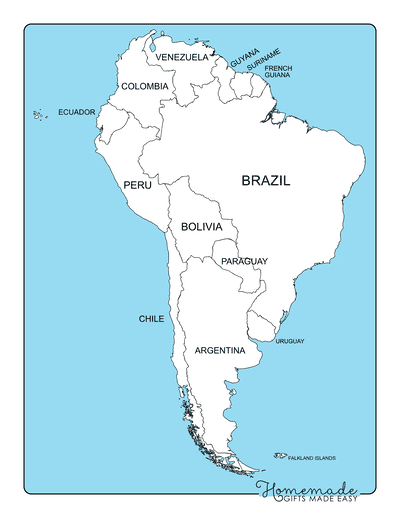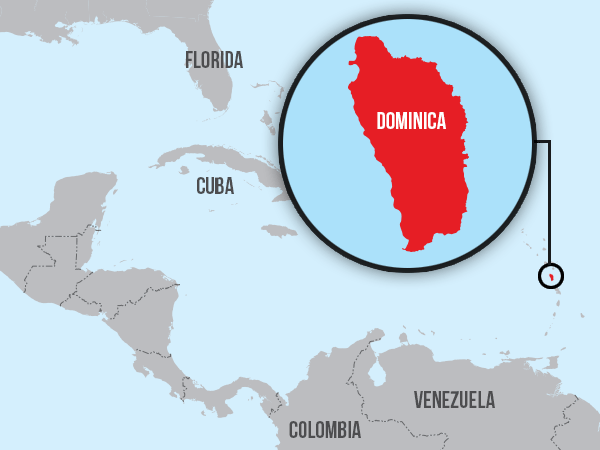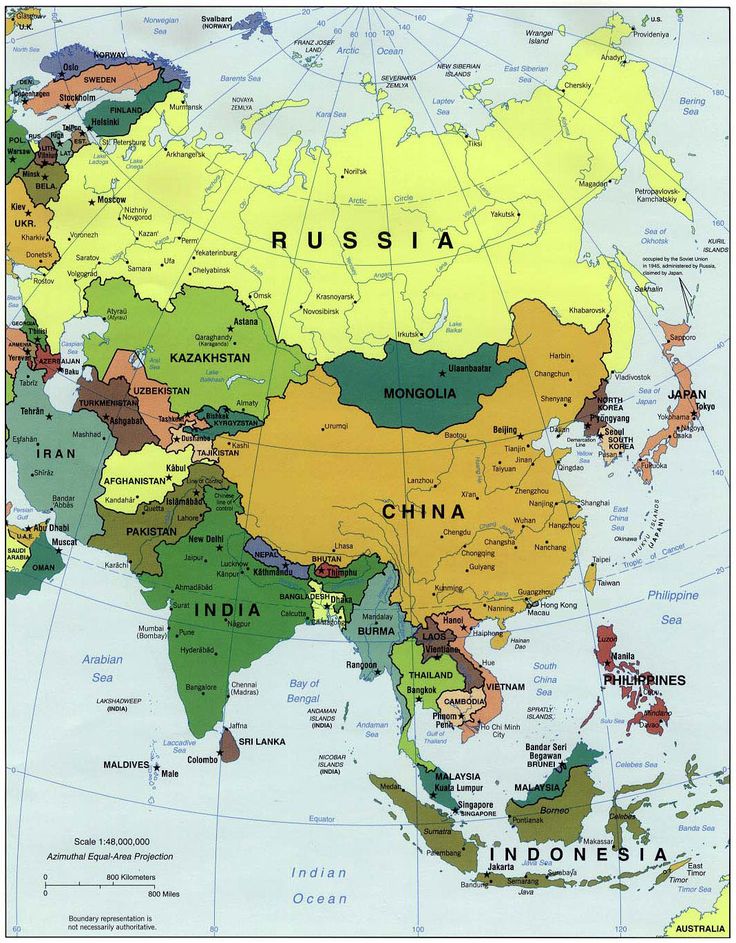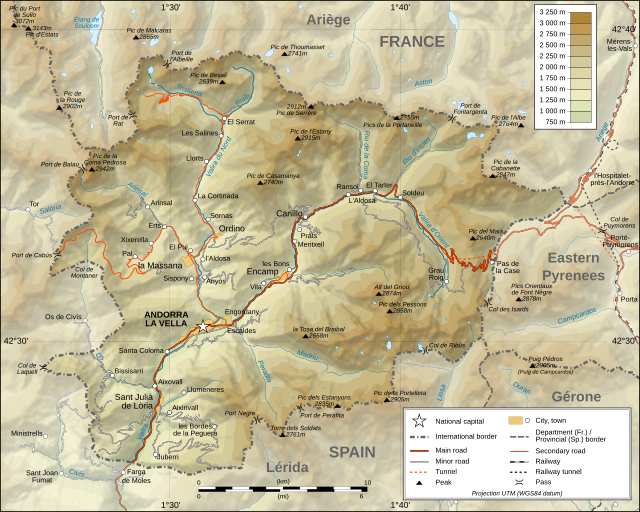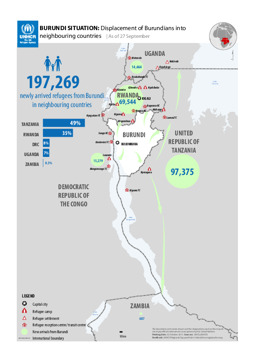United Kingdom Neighbouring Countries and European Borders
The British Isles and Overseas Territories
Getting a grip on the geography of the United Kingdom means diving into its main islands and scattered overseas territories. These places aren’t just dots on the map; they carry cultural and political weight.
Main Islands of the British Isles
The British Isles are all about two big chunks of land: Great Britain and Ireland. They’re the heavy hitters, but there’s also a bunch of little islands, each bringing its own flair to the table.
- Great Britain: The big kahuna of the British Isles. Housing England, Scotland, and Wales—it doesn’t get bigger than this.
- Ireland: Split into Northern Ireland (a part of the UK) and the Republic of Ireland (doing its own thing independently).
Then come the other cool kids on the block:
- Hebrides: Off Scotland’s west side—Inner and Outer—blend spectacular views with rich culture.
- Shetland Islands: Sitting pretty northeast of Scotland, where unique wildlife steals the show.
- Orkney Islands: North of Scotland, where even the rocks have stories to tell.
- Isles of Scilly: Out west, out warm—mostly chilling with their subtropical vibe.
- Isle of Man: In the Irish Sea, where politics are a local affair and culture’s its own breed.
- Channel Islands: Though they’re rubbing shoulders with France, they’re a crown (British) affair with Jersey and Guernsey lining up.
For all things geographical and cultural in these spots, check out Britannica or poke around more on our site.
Overseas Territories of the United Kingdom
Spread around the globe, the UK’s overseas territories are the leftovers—but in a good way—from the old empire. Each with a unique story, their connection to the UK varies.
- Anguilla: Caribbean charmer known for sands soft as sugar.
- Bermuda: North Atlantic jewel with maritime legends and pink sands.
- British Antarctic Territory: All ice and scientific hustle.
- British Indian Ocean Territory (BIOT): Home to the Chagos Archipelago, essential for more than its stunning views.
- British Virgin Islands: Yachters’ paradise in the Caribbean.
- Cayman Islands: Money-talks hub, also in the Caribbean.
- Falkland Islands: South Atlantic’s wildlife hotspot with a backstory of conflict.
- Gibraltar: Iberian nook of strategic import.
- Montserrat: Shaped by a lively volcano.
- Pitcairn Islands: Pacific outpost with links to the famous mutiny on the HMAV Bounty.
- Saint Helena, Ascension, and Tristan da Cunha: South Atlantic’s lonely wonders with unique ecosystems.
- South Georgia and the South Sandwich Islands: Southern biodiversity treasure, contested but crucial.
- Sovereign Base Areas of Akrotiri and Dhekelia: Where the UK keeps its military presence in Cyprus.
- Turks and Caicos Islands: Caribbean groover known for its stunning seas and tourism.
Learning about these territories helps understand how the UK’s reach extends beyond its shores. For more tidbits, see related articles like Singapore’s Neighbors or Serbia’s Neighbors.
| Territory | Region | Highlight |
|---|---|---|
| Anguilla | Caribbean | Sand and sea |
| Bermuda | North Atlantic | Sea tales and pink sands |
| Falkland Islands | South Atlantic | Creatures and quarrels |
| Gibraltar | Iberian Peninsula | Gateway locale |
| Saint Helena | South Atlantic | Eco-isolation |
The spread of the British Isles, mixed with its far-flung territories, paints a picture of the UK’s influence and cultural legacy.
Devolution and Autonomy
Devolution in Northern Ireland, Scotland, and Wales
Since 1998, Northern Ireland, Scotland, and Wales have enjoyed more control over their own affairs thanks to devolution, which shook up how things work in the UK. Now, each has its own local parliament or assembly with a say over certain issues. But folks in London still handle the big stuff like defense and foreign affairs.
-
Northern Ireland: The Northern Ireland Assembly calls the shots on health, education, and justice. Meanwhile, the UK Parliament takes care of things like defense (Wikipedia).
-
Scotland: With the Scottish Parliament’s hefty powers, they control education, health, and justice. The UK handles reserved matters Wikipedia.
-
Wales: The Senedd runs the show for health, education, and local government. Like Northern Ireland and Scotland, Wales leaves defense to the UK Parliament (Wikipedia).
| Country | Legislative Body | Devolved Matters | Reserved Matters |
|---|---|---|---|
| Northern Ireland | Northern Ireland Assembly | Health, Education, Justice | Defense, Foreign Affairs |
| Scotland | Scottish Parliament | Education, Health, Justice | Defense, Foreign Affairs |
| Wales | Senedd | Health, Education, Local Gov. | Defense, Foreign Affairs |
Unique Status of England
England’s a bit different. It doesn’t have a devolved government. Everything’s run by the UK Parliament and Government from London. This set-up means that while the neighbors have a say in their own governance, England rolls with whatever’s decided centrally.
This can make things a bit of a head-scratcher, especially when regional decisions elsewhere don’t quite fit with what’s happening in England. Despite some chatter about change, England carries on without its own parliament (Wikipedia).
The way England’s run stands out in the grand scheme of UK’s governance, showing off the different degrees of autonomy across the board. If you’re curious about how other places are run, swing by our articles on Scotland, Northern Ireland, or Wales.
Legal Systems and Sporting Bodies
Legal Systems in UK Countries
The UK is like a family of four – with each sibling doing their own thing in the legal living room. We’ve got England, Northern Ireland, Scotland, and Wales, each with its own legal shenanigans. Since 1998, they’ve been getting more space to do their own thing, thanks to this process called devolution. This means parliament in good old London deals with the big stuff, while the local assemblies and parliaments handle their own affairs (Wikipedia).
| Country | Legal System | Autonomy Level |
|---|---|---|
| England | English Common Law | Directly managed by the UK Parliament |
| Northern Ireland | Northern Ireland Law | Controls lots through the Northern Ireland Assembly |
| Scotland | Scots Law | Steers its own ship via the Scottish Parliament |
| Wales | Welsh Law (Part of the England and Wales setup) | Drives its agenda through Senedd Cymru or Welsh Parliament |
If you’re curious about the UK’s neighborhood, peek at united kingdom neighboring countries.
National Governing Bodies for Sports
When it comes to sports, the UK countries are like cousins at a family pie-eating contest – each has its separate dish. England, Northern Ireland, Scotland, and Wales boast their own sports bosses and often strut their stuff under their own flags in events like the Commonwealth Games. Northern Ireland even teams up with the Republic of Ireland for games like rugby union (Wikipedia).
| Country | Governing Body | Sports |
|---|---|---|
| England | The Football Association (FA) | Football, Cricket, Rugby Union, etc. |
| Northern Ireland | Irish Football Association (IFA) | Football |
| Scotland | Scottish Football Association (SFA) | Football, Rugby Union, etc. |
| Wales | Football Association of Wales (FAW) | Football |
| Ireland (All-Island) | Irish Rugby Football Union (IRFU) | Rugby Union |
These setups highlight the quirky sporting flavors of each UK member. For more stories on the block, swing by our pages on san marino neighboring countries and singapore neighboring countries.
The game’s on, legally and athletically! These places not only have the brains in law but are also sporty champs. Local pride runs high, and they each carve out pretty cool identities in the grand UK tapestry.
Recognized National Minorities
Cornwall as a National Minority
Nestled at the southwestern edge of England, Cornwall marches to a beat of its own. It’s tagged as a county but boasts a cultural and ethnic distinctiveness that’s all its own. The Cornish folks got an official nod as a national minority back in 2014 through the Framework Convention for the Protection of National Minorities. This recognition was a big win, highlighting the deep roots of Cornish identity in local history and culture.
Back in the 2011 census days, around 13.8% of folks living in Cornwall proudly claimed Cornish heritage. That number tells a story of a strong local identity where many Cornish view themselves as quite distinct from the rest of England.
| Population | Percentage Identifying as Cornish |
|---|---|
| 532,300 | 13.8% |
Framework Convention Protections
The Framework Convention for the Protection of National Minorities is like a safety net for national minorities, crafted by the Council of Europe. It’s all about ensuring these groups get a fair shake at equality and that their cultural and language rights are respected.
With the Cornish recognized under this umbrella, they share similar protections as other UK national minorities: Scots, Welsh, and Northern Irish. This means more than just lip service; we’re talking real promotion of Cornish culture, history, and language—keeping that unique identity vibrant.
The convention checks a few important boxes:
- Fair treatment and equality under the law
- Shielding from discrimination
- Boosting cultural heritage
For a bigger picture on how Cornwall fits in with its neighbors, check out our write-ups on Senegal’s neighboring countries and Singapore’s neighboring countries. They dive into the cultural and geographical vibes that shape these regions.
Relationships with Other Countries
Bordering Sovereign Nations
The United Kingdom (UK) snuggles up to just one neighbor on land: the Republic of Ireland. Nestled to Great Britain’s west, Ireland and the UK share a pretty hefty history, clinking glasses over cultural, political, and economic matters. Their relationship’s got a boost from the Good Friday Agreement of ’98, which set up joint efforts to keep peace and positivity flowing between the two (Wikipedia).
Now, while the UK isn’t exactly bumping elbows with any other nations on solid ground, it does have a salty rendezvous with a few across the sea. These include:
- France
- Belgium
- Netherlands
These watery connections stir the UK’s diplomatic and economic soup with their neighboring pals in Europe.
Bilateral Trade Relationships
Trade between the UK and Ireland is as busy as a beehive, buzzing with about €1 billion worth of goods and services rolling across the Irish Sea every week (World Atlas). It’s a trade party supported by various agreements aimed at making sure the hustle over the sea runs smoothly.
The Good Friday Agreement wasn’t just another paper to sign; it was a key moment in UK-Ireland diplomacy. It brought to life the North/South Ministerial Council, British-Irish Intergovernmental Conference, and the British-Irish Parliamentary Assembly, all working to keep the two in a harmonious political dance (Wikipedia).
| Aspect | Data |
|---|---|
| Weekly trade (goods and services) | €1 billion |
| Institutions | North/South Ministerial Council, British-Irish Intergovernmental Conference |
| Key Agreement | Good Friday Agreement (1998) |
The UK’s long chat with its European mates was once anchored by its EU membership. Both Ireland and the UK hopped onto the EU train in 1973, only for the UK to later hop off during Brexit, shaking up their usual routine. Now, there’s talk of direct chats beyond the EU to keep the good vibes strong between Ireland and the UK (World Atlas).
Curious about who else is in a geographical hug with other nations? Check out some neighbors of Slovakia, Senegal, and Syria.
Historical Relationships and Agreements
Political Connections with Ireland
The bonds tying the United Kingdom and Ireland together have been woven over centuries. Way back in 1801, Ireland was absorbed into the UK as one big family until 1922 rolled in. The family picture changed with the partition in 1921, and what we now know as Southern Ireland — later the Irish Free State — branched out in 1922 courtesy of the Anglo-Irish Treaty.
These ties have undergone plenty of transformations. If we rewind to 1542, we see shades of political alliances and deals, leading up to Great Britain’s big merge with Ireland in 1801. Ireland’s fight for independence from this union was a rollercoaster, eventually leading to the Irish Free State’s spotlight moment in 1922. This shared saga has shaped political dealings, governance hurdles, and peace agreements like the Good Friday Agreement of 1998.
Thanks to this agreement, the North/South Ministerial Council and the British-Irish Intergovernmental Conference popped up, acting as new bridges for collaboration. The Good Friday Agreement also birthed institutions like the British-Irish Parliamentary Assembly and the Anglo-Irish Council, aiming to secure peace and strengthen the friendship between Ireland and the UK.
Impact of Brexit on Relations
Enter Brexit, and suddenly the UK-Ireland dance gets a whole lot more complicated. Both nations joined the European Union in 1973, loving that ease of trade and political help-offs. But when the UK opted to skip out of the EU come January 31, 2020, the relationship dynamic took a turn.
One of Brexit’s hot potatoes is the Northern Ireland Protocol that kicked off on January 1, 2021. Designed to keep borders friendly between Northern Ireland and the Republic of Ireland, it nonetheless sparked a heap of opposition. The protocol stirred political unrest and ruffled feathers among the Irish government, the EU, and British citizens in Northern Ireland.
By February 2022, things got a little too spicy, with the Northern Ireland Assembly and Executive hitting the pause button, sparking protests that lingered until February 2024. This drama underscores the hefty geopolitical and social ripples Brexit has splashed onto UK-Ireland relations.
Want to know who else is handshaking across borders? Check out our reads on Saudi Arabia’s neighboring countries and Slovakia’s neighboring countries.

